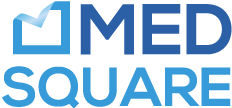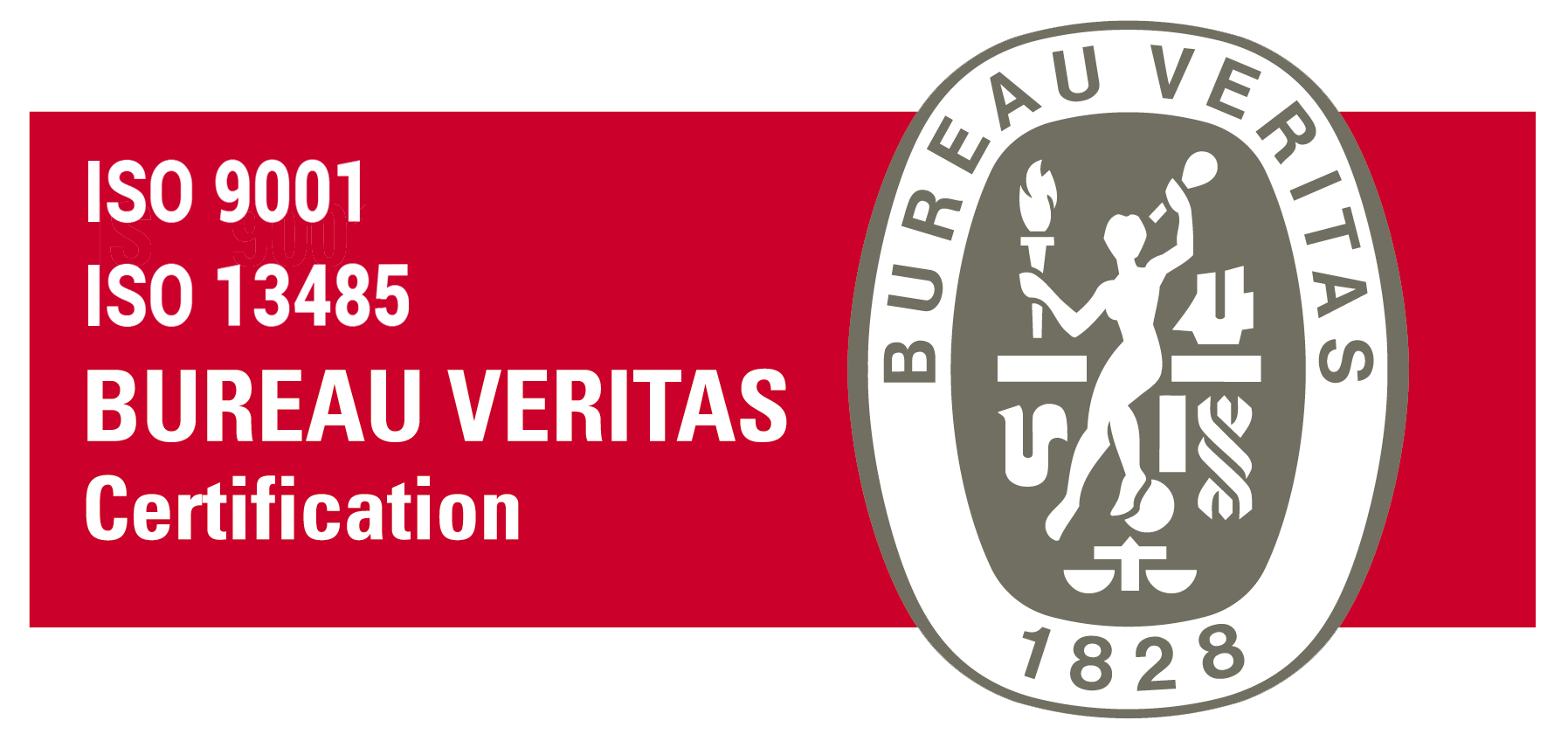Blog
ECR 2017: RDM’s new features and the approaching EU Directive
Written by : Karen Frangie - 23/02/17 - In Blog
Medical imaging plays an essential role in healthcare. However, while the benefits are unquestionable, the side effects must not be ignored − in particular, the increasing exposure
of patients to imagingxradiation.
The DACS* RDM and the approaching EU directive
Dose monitoring has become an important issue − especially since the release of the Euratom/2013/59 Directive, which mandates member states to have national legislation on safety standards in place by February 2018 (less than a year from now!).
Medsquare’s DACS Radiation Dose Monitor (RDM) fully supports compliance with this impending European Directive and meets its requirements perfectly. “With the approaching EU Directive, the DACS RDM not only helps prepare hospitals and clinics to meet the regulatory requirements by improving patient dose tracking and study justifications, but it also creates a wealth of information useful for all healthcare professionals,” explains Arnaud Legland, Strategic Accounts Manager, Medsquare.
Indeed, RDM is a dose monitoring solution that can quickly change the practices of healthcare professionals, as Florent Jault, our Product Specialist confirms: “With its powerful statistics, medical physicists can detect anomalies, regulatory agencies can enhance dose level guidelines and Diagnostic Reference Levels, radiologists can substitute a non-irradiating exam depending on the patient’s history, and so on. RDM is a highly valuable tool that increases patient safety today and will do so even more in the future.”
Presenting RDM’s latest features at ECR 2017
During the European Congress of Radiology (ECR), Medsquare will introduce RDM’s new features:(click here to download RDM’s new features datasheet)
•Peak Skin Dose Module: calculation of the PSD with a 2D or 3D graphic presentation.
Jad Farah, medical physicist at AP-HP (Paris’ hospitals), is currently conducting a scientific study using RDM to calculate peak skin dose in interventional radiology in a variety of healthcare institutions. He provided this testimonial on his use of the peak skin dose module:
“This new module of the RDM solution is particularly interesting to me, since it allows a 2D/3D calculation of the patient’s peak skin dose, independent of the equipment, while integrating the contribution of backscattered radiation, table and mattress attenuation, etc. in the cumulative dose to the skin. In addition, once the study has been validated, the solution can be used to evaluate the real dose exposure of any patient undergoing an interventional radiology procedure. Accurate knowledge of the patient’s peak skin dose will thus make it possible to set up the most appropriate dermatological follow-up − especially when a deterministic effect to the skin is expected.”
• Organ dose Module in Partnership with Virtual Phantoms: Monte Carlo algorithm calculation of mean doses delivered to organs by type of activity using existing dose data (DLP, CTDI, etc.).
• Pivot Table: Creation of dynamic pivot tables, based on the different categories of the RDM solution − age, procedures, acquisition protocols, acquisition types, etc. − which can be created in a few clicks.
• New advanced statistics module: Allowing you to perform cross-dose data comparison.
• Powerful rules alerts: Implementation of specific alerts regarding a patient and/or his or her studies .
• Alert distribution: Allowing you to spread alerts over every day of the week.
• And many more!
The focus of this year’s exhibition is on the new generation in radiology. RDM’s philosophy is totally in line with ECR’s theme, which is “YOUTH” − die Jugend, la jeunesse, la giovinezza, la juventud, молодежь − as Paul Parizel, President of the European Society of Radiology (ESR), said in his previous message.
“In order to optimize dose – which is a long journey of continuous improvement teamwork – RDM helps bridge the gap between all of the participants in patient radiation safety.
The solution involves, and brings closer together, the young generation, which will make a real difference in the future. After all, the young generation are the future radiology professionals,” Dominique Gabriel, CEO, Medsquare, affirms.
With RDM, Medsquare is preparing healthcare institutions to be ready before 6 February 2018 (the EU Directive’s National Compliance Deadline) by supporting hospitals in improving delivery of patient care and promoting compliance.
 Download PDF
Download PDF
